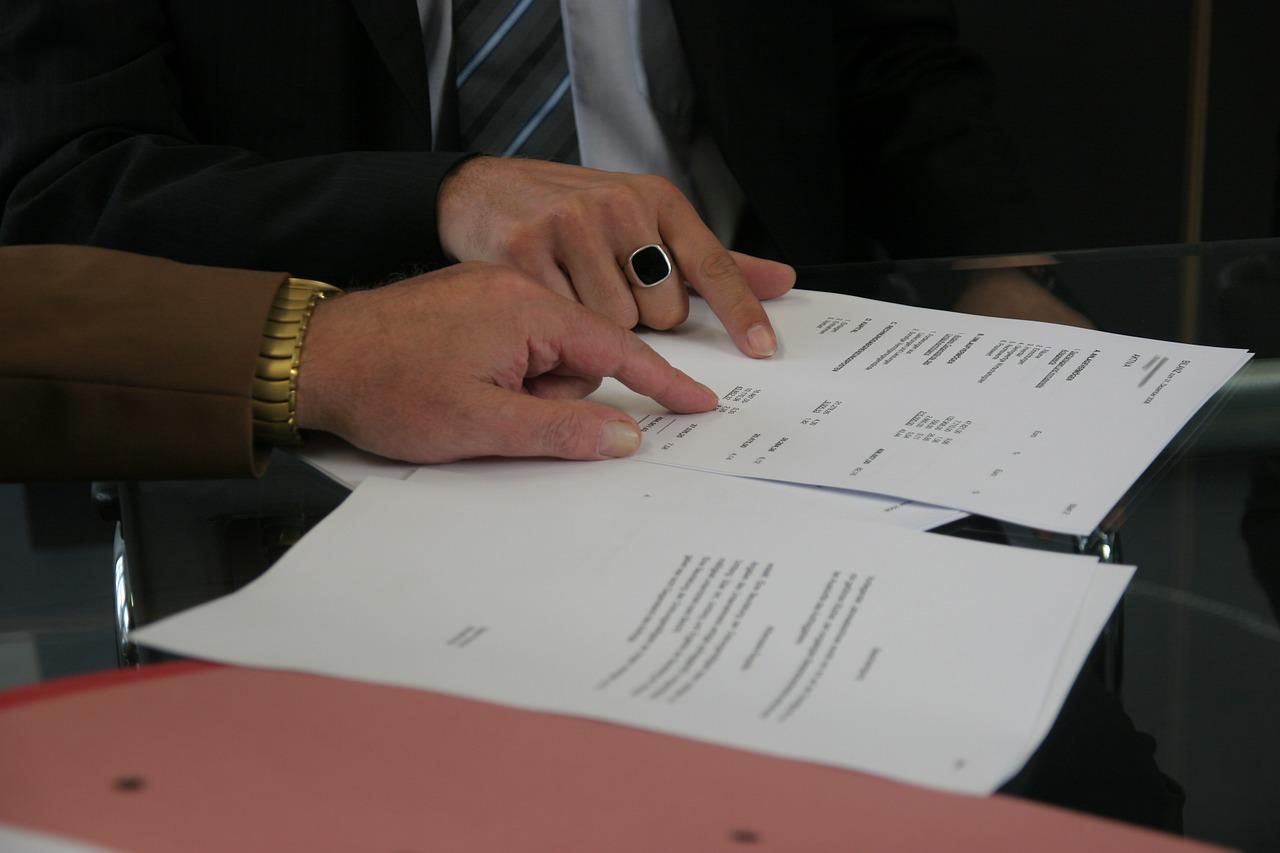Emotional Distress in Malpractice Claims
Emotional distress is not uncommon in malpractice cases. Some jurisdictions have expressly permitted the recovery of such damages, while other jurisdictions don’t have any law addressing this potential healing area. A few states have addressed this issue in the past year, and the decisions are worth noting.
Last year, the Washington Supreme Court issued a decision that opened the door for potential damages in a legal malpractice action. In Schmidt v. Coogan, the malpractice claim was triggered by the alleged negligent representation in a personal injury suit that was filed after the statute of limitations. During the trial of the malpractice case, the plaintiff sought to amend her complaint to add damages for emotional distress. She alleged that her attorney harassed, intimidated, and belittled her when she raised the issue with the statute of limitations.
On appeal to the state Supreme Court, one of the issues addressed was whether emotional damages are recoverable in a legal malpractice case. The Court held “that emotional distress damages are available for attorney negligence when distress is foreseeable due to the particularly egregious (or intentional) conduct of an attorney or the sensitive or personal nature of the representation.” The Court noted that egregious conduct is not necessarily the only way to establish the right to recover damages for emotional distress, but is not “required” if the plaintiff can prove that the attorney’s conduct subjected him to significant emotional distress. In this particular instance, however, the plaintiff was unable to recover from emotional distress because the subject matter of the litigation was not particularly sensitive, she did not lose any freedoms, and her attorney’s actions were not egregious.
In contrast, two other courts recently held that distress damages in malpractice claims are not recoverable. In Rodriguez v. Nam Min Cho, the California Court of Appeals addressed the issue of what damages were recoverable in a default judgment. In its analysis, the Court relied on other state court opinions and noted that “a plaintiff generally could not recover emotional distress damages for legal malpractice.” Similarly, in Desposito v. New Jersey, the U.S. District Court in New Jersey indicated that emotional distress damages are generally unavailable in a legal malpractice action. Quoting from prior state court decisions, the Court noted that “emotional distress damages should not be awarded in legal malpractice cases at least in the absence of egregious and extraordinary circumstances.”
Attorneys need to be mindful of the laws in their jurisdiction regarding the recovery of damages. While an attorney’s actions should never rise to the level of “egregious conduct,” knowing whether the law permits recovery for such damages and the type of conduct that would trigger such a claim is essential. Likewise, attorneys involved in a malpractice suit need to know the available defenses and when a claim for can be raised.





